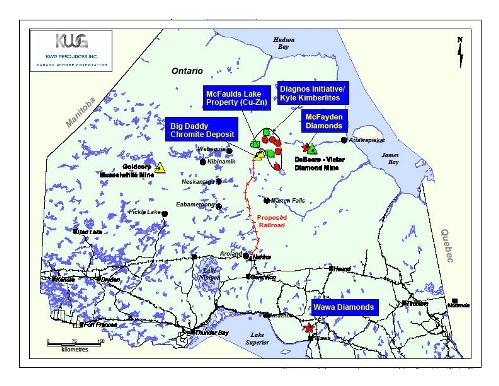This article was provided by the Ontario Mining Association (OMA), an organization that was established in 1920 to represent the mining industry of the province.
The participation of Ontario Mining Association President Chris Hodgson in the 7th annual Ontario Economic Summit provided the mineral sector with a voice on the high-level program. Mr. Hodgson was a panelist on a session dealing with Ontario’s regulatory regime titled “Smarter Approaches to Regulation.” The summit was held November 1 to 3, 2010 in Niagara-on-the-Lake.
The moderator of the regulations panel was James Milway, Executive Director of the Institute for Competitiveness and Prosperity. Other participants with Mr. Hodgson included Jennifer Ahluwalia from Dillon Consulting, Rudy van Zijp who is General Secretary of Actal (advisory board on administrative burden in the Netherlands) and Ontario Environment Minister John Wilkinson.
Mr. Zijp provided an interesting perspective on efforts in Europe to eliminate inefficient regulatory burdens. Mr. Hodgson used some current examples in Ontario with safety being a success story of continuous improvement.

























 This article originally appeared in the Fall/Winter 2010 issue of the Ontario Prospector which is published by the
This article originally appeared in the Fall/Winter 2010 issue of the Ontario Prospector which is published by the